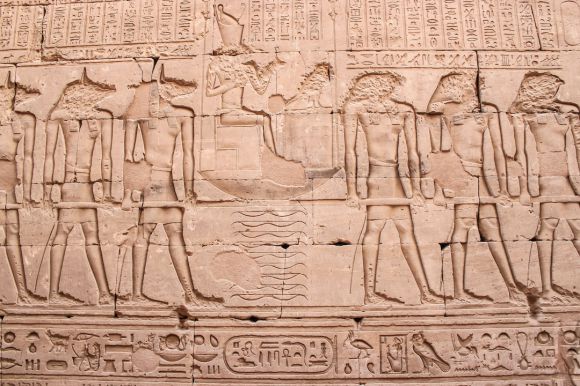Tennessee, a state nestled in the heart of the United States, holds a rich and diverse history that can be traced back thousands of years. From ancient Native American civilizations to the arrival of European settlers, this land has seen the rise and fall of countless cultures. Today, Tennessee is home to several remarkable archaeological sites that offer a glimpse into the past and shed light on the lives of those who came before us.
One such site is the Pinson Mounds, located in Madison County. This complex of earthen mounds was built by the Native American Mississippian culture between 1,000 and 1,500 years ago. The mounds, some reaching heights of over 70 feet, served as ceremonial and burial sites for this ancient civilization. Today, visitors can explore the mounds and marvel at the intricate craftsmanship of the Mississippian people.
Moving further east, we find the Old Stone Fort State Archaeological Park in Coffee County. Contrary to its name, this site is not a fort but rather a prehistoric ceremonial enclosure. Built over 2,000 years ago by Native American tribes, the stone walls enclose an area of about 50 acres. The purpose of this structure remains a mystery, as no weapons or signs of warfare have been found within its walls. Visitors to the park can take a leisurely stroll along the perimeter and imagine the rituals and gatherings that once took place within its ancient boundaries.
In Williamson County, archaeology enthusiasts can explore the remains of the Mound Bottom State Archaeological Area. This site, situated along the Harpeth River, contains several mounds and village sites that date back to the Mississippian period. Excavations have revealed evidence of longhouses, storage pits, and a vast array of artifacts, including pottery and stone tools. The Mound Bottom site offers a unique opportunity to witness the architectural and cultural achievements of the Native Americans who once called this area home.
Venturing further south, we come across the Coats-Hines Site in Maury County. This archaeological treasure trove is known for its well-preserved Native American village, which was occupied between 1,000 and 1,500 years ago. The site contains numerous structures, including house foundations, storage pits, and a central plaza. Artifacts recovered from the Coats-Hines Site shed light on the daily lives of its inhabitants, providing valuable insights into their subsistence strategies, trade networks, and social organization.
Last but certainly not least, we have the Sellars Indian Mound in Wilson County. This ancient burial mound was constructed by the Native American Woodland culture over 2,000 years ago. Standing at almost 30 feet tall, the mound is an impressive testament to the engineering skills of its builders. Excavations have revealed a wealth of grave goods, including pottery, stone tools, and shell ornaments, offering a glimpse into the beliefs and customs of the Woodland people.
These are just a few of the many archaeological sites that dot the Tennessee landscape. Each one holds a piece of the puzzle that is our collective history, shedding light on the cultures and civilizations that once thrived in this region. Whether you are a history buff, an avid hiker, or simply curious about the past, exploring these remarkable sites is a journey well worth taking. Tennessee’s rich archaeological heritage awaits, ready to transport you back in time and ignite your imagination.





